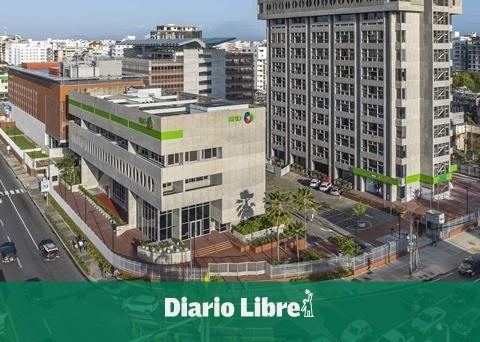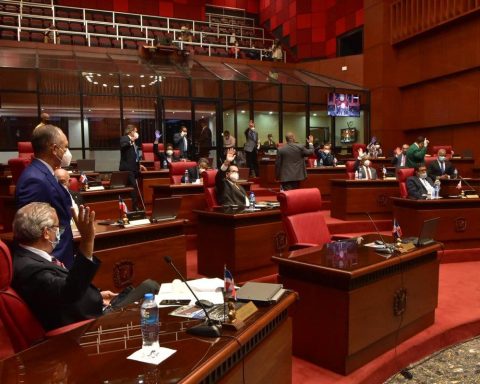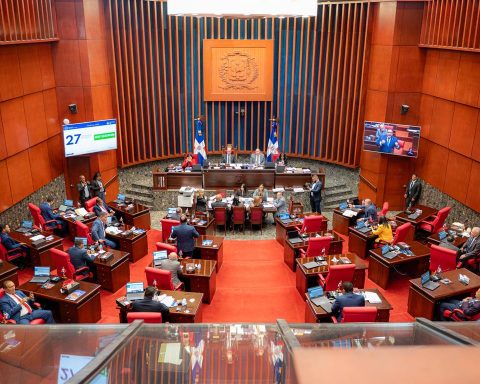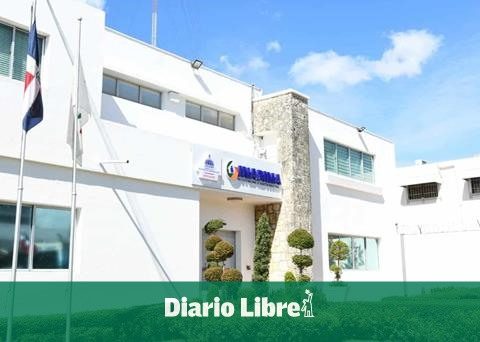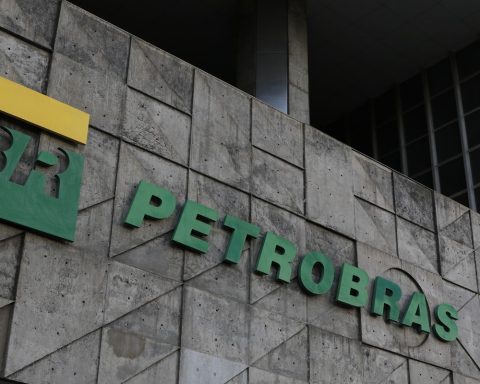Tourism, construction and free zones are the activities with the greatest contribution; private sector has been vital in improving
Backed by the improvement in sectors such as hotels, bars and restaurants, construction and free zones, among others, the monthly indicator of economic activity (IMAE) registered an accumulated average increase of 12.5% in January-November 2021 in the Dominican Republic, after experiencing an interannual variation of 13.1% in November.
This growth behavior, higher than expected by the monetary authorities, leads to the conclusion, according to the governor of the Central Bank of the Dominican Republic (BCRD), Héctor Valdez Albizu, that this year would be ending with an increase in domestic product real gross (GDP) around 12% or more. And incidentally, the country would be ranked as one of the highest in Latin America. The previous projection, from last month, pointed to an increase in the local economy of 11%.
When comparing the levels of economic activity in November 2021 in relation to the same month of 2019, that is to say, the prepandemic, the difference is 4.3%, higher than what had been expected.
It is not an improvement that came by itself. For this it was necessary to have a series of stimuli from the State, on the one hand, and great will on the other. “The private sector has played a fundamental role in this entire process of economic recovery,” said Valdez Albizu in a virtual press conference, along with other bank officials.
He cited, for example, the promotion of private investment in tourism, construction and free zones. “Without a doubt, the free trade zone sector has been a determining factor in the economic recovery, the reception of direct foreign investment and the creation of jobs,” he said.
“The work carried out by the tourism sector, with President Luis Abinader leading and coordinating activities, and with the minister (David Collado), contributed to putting tourism, which is the backbone of the country, on the right track,” said the governor in another part of his presentation.
According to the numbers presented, the sectors that registered the most significant interannual variations compared to 2020 were: hotels, bars and restaurants (38.3%); construction (25.1%); free zone manufacturing (21.2%); transportation and storage (13.0%); trade (11.8%); local manufacturing (11.0%); other service activities (5.8%); and energy and water (5.3%).
Regarding prices, Governor Valdez Albizu highlighted that, as in the rest of the countries, more persistent inflationary pressures have been observed than expected, driven by the behavior of commodities and problems in supply chains, geopolitical problems and of another nature that have affected the world.
The BCRD looks optimistic about the course that the local economy will follow, and assumes that it will be much better, projecting, for example, that the arrival of non-resident visitors would be around five million by the end of 2021.
“This good performance has been supported by the advancement of the vaccination plan, led by the Vice President of the Republic, Raquel Peña, who has managed to inoculate approximately 77% of the adult population with one dose and exceeding 64% with two doses, one of the highest vaccination rates in the region, increasing the confidence of tourists to visit the country, ”said Valdez Albizu.
Monetary stimuli
When the governor was asked what basic measures were taken to enable growth that exceeded expectations -despite the pandemic-, he indicated that as soon as the population’s health was endangered by the health situation, the Central Bank decided – with the support of the Monetary Board – placing resources through financial intermediaries, with guarantees, equivalent to RD $ 215,000 million, benefiting more than 90 thousand people.
Those resources reached sectors such as micro, small and medium-sized companies at flexible rates, he said.
He indicated on the other hand that, in a context of faster-than-expected economic reactivation and longer-than-expected external inflationary pressures, the BCRD has implemented in recent months a plan to gradually normalize its monetary policy.
Most of the central banks in Latin America have raised their benchmark rates.
Tourism, seen as hotels, bars and restaurants, grew by 38.3 percent.
The rise in MPR was low compared to other nations
Since August, the resources granted in the pandemic have begun to return in an orderly manner, to the extent that companies and households are repaying the loans granted through the different liquidity facilities that were channeled through financial entities. Valdez Albizu recalled that, in addition, the body he directs decided to increase its monetary policy rate by 50 basis points in November, by taking it from 3.00% to 3.50%, in order to facilitate the convergence of inflation to the target range of 4% ± 1% in the year 2022.
The rise in the reference rate set by the world’s central banks, in the Dominican case, was one of the lowest. For example, Brazil raised it by 725 basis points, Paraguay by 450, Chile by 350, Peru by 225 and Uruguay by 125. As of November 2021, accumulated inflation in the Dominican Republic stood at 7.71% and inter-annual core inflation at 6.63 %.





